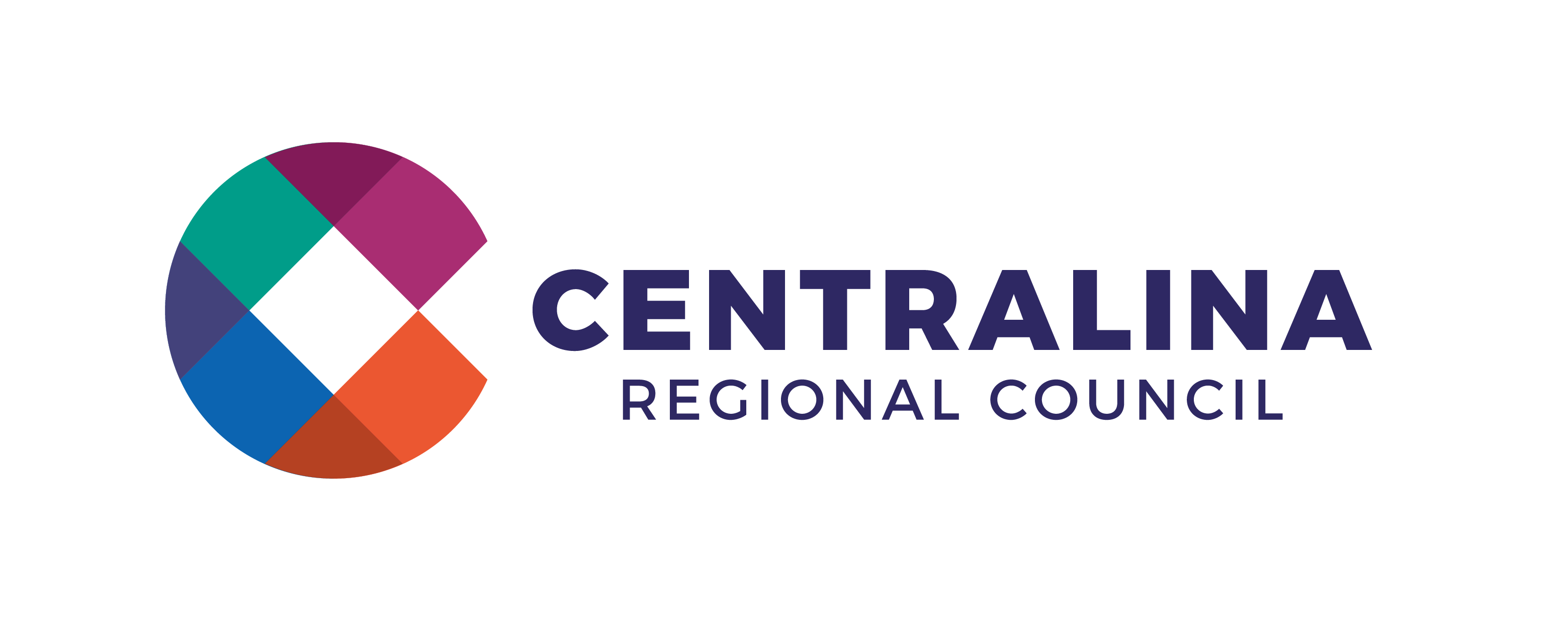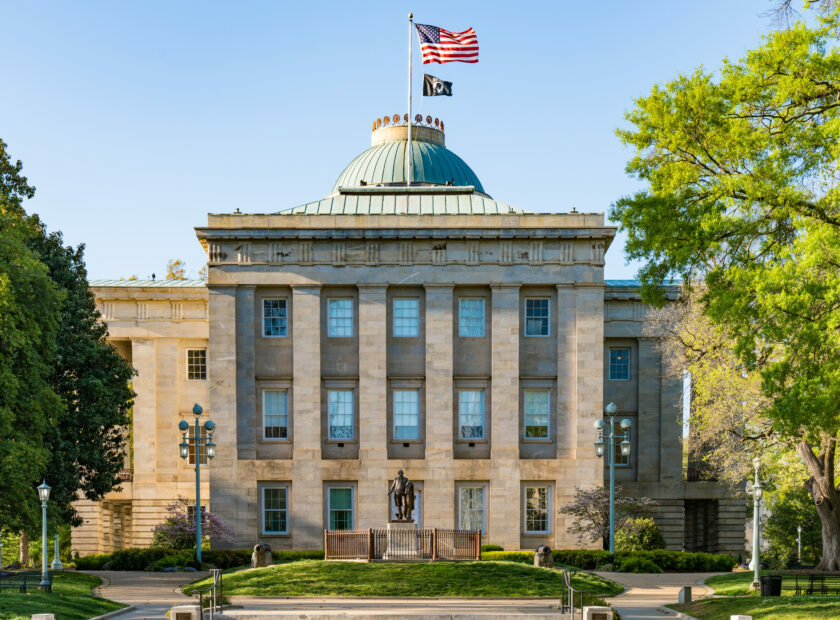If there was ever a good time to focus on federal competitive grants, it is now. Federal grants to states and local governments have risen 37%, outpacing the average annual increase of 4% in the prior half-decade. Relative to 2008, grants have increased 93% accounting for inflation. In the recently passed Infrastructure Investment and Jobs Act (IIJA), almost 80% of the $550 billion in new spending the law provides will go to projects funded entirely or primarily by grants. As a result, federal agencies are staffing up and on the same day President Biden signed the IIJA into law (now called the Bipartisan Infrastructure Law (BIL) by the Administration), he also released an Executive Order creating an Infrastructure Implementation Task Force and named Mitch Landrieu to serve as Infrastructure Implementation Coordinator. The former Mayor of New Orleans is probably best known for his role in the recovery and rebuilding efforts following Hurricane Katrina.
The White House later this month will lay out how the administration plans to incorporate racial equity, climate change and labor issues into how it doles out money from the infrastructure law, infrastructure coordinator Mitch Landrieu recently promised. He also laid out plans in a letter sent to state governors nationwide offering suggestions on how governors could support the federal activities, including appointing a state “Infrastructure Implementation Coordinator” that would work with similarly appointed individuals in each federal department.
Noticing of funding opportunity on the new programs are expected to start being released mid-to-late February. Meanwhile, the U.S. DOT has set up separate websites for the subagencies to cover implementation of the law and specifically grant funding. For example:
- www.fhwa.dot.gov/bipartisan-infrastructure-law/
- www.transit.dot.gov/BIL
- https://railroads.dot.gov/BIL
ARPA Final Rule
The Department of the Treasury just released the Final Rule for the State and Local Fiscal Recovery Fund on its website.
Replacing Lost Public Sector Revenue — The final rule offers a standard allowance for revenue loss of $10 million, allowing recipients to select between a standard amount of revenue loss or complete a full revenue loss calculation. Recipients that select the standard allowance may use that amount – in many cases their full award – for government services, with streamlined reporting requirements.
The Treasury is hosting webinars with recipients and stakeholders to brief and answer questions about the final rule. Please attend one of the following webinars for a live presentation. If the Treasury reaches RSVP capacity and you cannot attend a webinar or prefer to be briefed at your convenience, you can view the webinar recording hosted on January 7, 2022.
- January 7, 2022 at 1 p.m.: register here. This webinar will be recorded and shared within a few business days.
- January 10, 2022 at 4 p.m.: register here.
- January 12, 2022 at 1 p.m.: register here.


